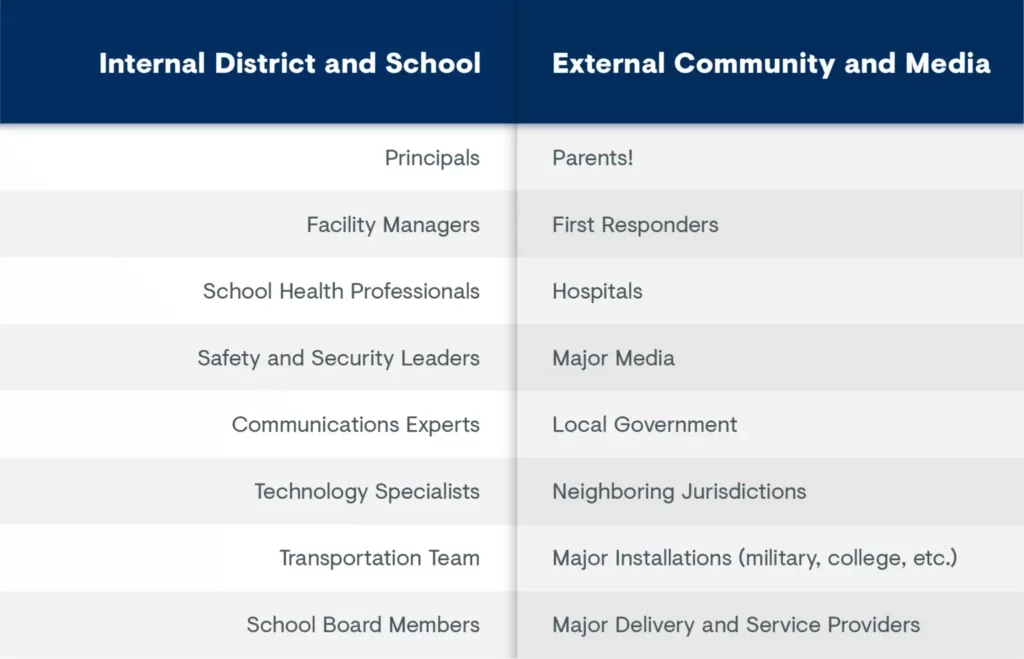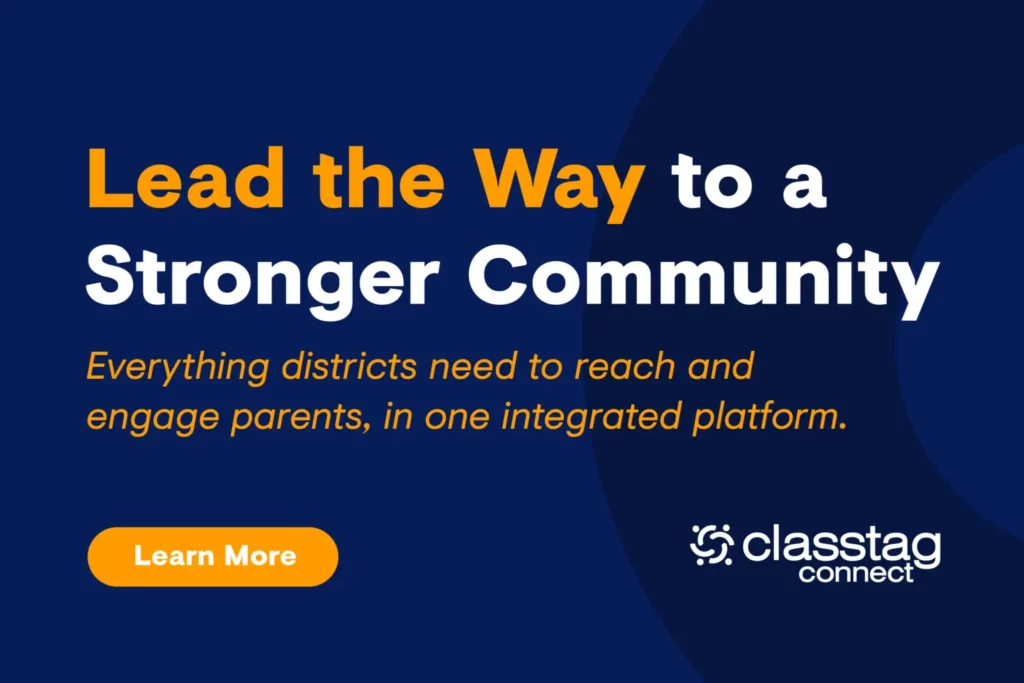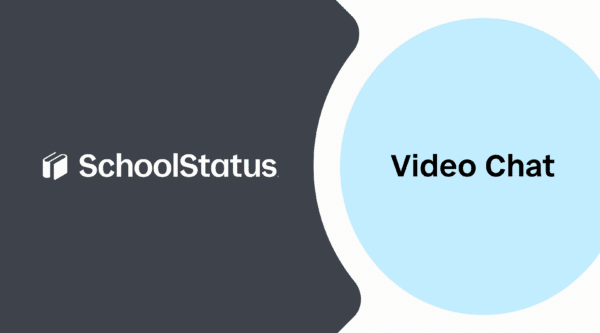

If you’ve been an advocate for crisis planning, the last few years may have helped amplify your voice and bring credibility to your message. For many of us, the concept of creating a school crisis communication plan seemed like a good idea in theory, but getting around to actually creating one was another story.
And then 2020 came…

The crises above touched every community, and many communities had to manage all of these unexpected occurrences and more. This list doesn’t even include severe weather, political disruptions or any of the other crises that can throw schools into turmoil.
So now, in 2023, we are all crisis planners and emergency managers and incident commanders; and demand for crisis planning expertise has surged like never before. With renewed focus on medical and environmental safety along with elevated school security concerns, it can be easy to get lost in the details and forget that crisis management is first and foremost a communications task.
Great communications cannot save incomplete plans, but even the most expert plan can collapse from failure to communicate well. That’s why designing and creating your crisis communications plan is urgent to do today—before you need it!
Don’t Trade Business Cards At The Fire
There’s an adage among emergency planners and first responders that you never want to meet your crisis team during a crisis. The best communications plans anticipate a variety of critical incidents and form communications networks before the event. The foundation of an excellent school crisis communication plan is a robust and updated contact list of program leaders and community responders. So, who must be on your list?

Many of the roles above represent multiple individuals, so your contact list may run to dozens, if not hundreds of names. That reality may feel overwhelming, but that’s why you need to start now collecting main numbers, emergency lines, mobile phones and any text based services or forms that can dispatch responders or broadcast alerts.
You may wonder if some of these roles are optional, and they may be—but nobody can predict which contacts will be critical in any given situation. Sometimes you need media partners to warn the community to stay away from a lockdown situation. Another time you may need to reroute buses for evacuating a school. The next crisis might require advance notice to ambulances and hospitals to anticipate a surge of incoming injuries.

Once you have the list, it is imperative that you keep the list updated with regular checks to verify contacts. An outdated list is worse than no list at all because it wastes time with futile communications in the moment of crisis. Effective leaders ensure the school crisis communication plan’s contact list is verified and updated at least quarterly.
Write Your School Crisis Communication Plan In Advance And Tweak As Needed
In the midst of a crisis, all communication, even verbal directives, will eventually need to be written down. Writing has so many advantages for sharing and documenting that it is most efficient and accurate to write messages carefully and then repeat them faithfully.
The great news about crisis communications is that we can anticipate the kinds of messages we might need, and write them in advance. The best school crisis plan includes a school crisis communication template that can be adapted as needed. Don’t spend crisis time word-smithing or polishing paragraphs. Do that in advance so you can select the message you need and broadcast quickly to manage the crisis.
“But there’s an infinite number of crises and messages—how can we write them all?” You can’t. But, schools can anticipate high-probability messages based on standard response protocols, and determine the sender, content, audience, and channels in advance. If you need writing help, recruit high school writers to draft sample notifications and use their capacity to crowdsource the load. Students know exactly what questions their families will ask, so they can be insightful authors of crisis messages.
10 Essential Crisis Communications Messages To Draft In Advance:
- Status Change: When you put a school in lockdown, or secured entry status, that can raise concern and create disruption so pre-write that announcement and determine the audience.
- Evacuation: Sometimes conditions at a school like plumbing, HVAC, or electrical disruption require evacuation to a safe location.
- Early Release: Either weather or building conditions might require a school to accelerate the planned end of day process.
- Neighborhood Emergency: Sometimes police or fire responders in the neighborhood create concern or even alarm. Having a message template that refers to public notifications can help manage that situation.
- Extended Closure: Health events, utility malfunctions, or building safety issues might require a long-term closure. Notifying stakeholders about immediate and long-term plans will help coordinate responses.
- Tragic Loss: Sometimes a death or injury in the school community can provoke intense responses and disruption, so it’s wise to share a sensitive and informative message.
- Staff Misconduct: Sadly, schools occasionally must communicate about staff member behavior that violates standards or expectations. Messages about such conduct must be nuanced and sensitive, so it’s best to draft them ahead of time.
- Event Cancellation: Distinct from school closures, districts often cancel or reschedule planned after-school or evening events. From weather to transportation issues, many conditions can disrupt events, so be prepared with announcements in advance.
- Negative Coverage: Media outlets and individuals on social media may present critical information ranging from perfectly accurate to completely fabricated. Planning an assertive response to any negative coverage can help manage that image crisis in the moment.
- Traffic Event: With buses, families driving millions of miles every day, it’s inevitable that you will need to communicate about an accident involving or near your school. Know what you will share and what channel you’ll use can make that fast-moving situation more manageable.
Practice and Stress Test Your School Crisis Communication Plan
Once you have your contact list and a library of messages, it’s time to practice and test your crisis communications plan. Use the technique of tabletop scenarios where incident planners throw a situation on the table and crisis managers manage that virtual crisis in real time. Gas leak at school? Who needs to know? What’s the key message? How will we send that? What comes next? Run through a scenario and then run it again, to build confidence and learn by doing.
Then—break the system by removing supports. What if your plan depends on phone calls, but the district system is offline? What now? Or, what if hazardous conditions close a major route—how does that impact your evacuation plan? A communication plan that depends on standard conditions is shaky at best. It is the nature of crises that reliable systems go down and we have to improvise or adapt. Practicing that skill set as a team is a key behavior.

Map Your Plan And Print Out Posters
No matter what kind of crisis you face, you will need to implement the plan (and you don’t want to rely on memory). After practicing and refining scenarios, you will have all you need to map your plan as a flow chart or sequence. Building a decision tree or flow chart is a great way to identify key inflection points and major decisions. It’s also an excellent vehicle to identify responsibility and task priorities.
Knowing that crises often require mobile command centers, don’t rely on any single location or digital collection. Put your crisis communications plan on a poster, and make sure every potential incident commander has one. Posters are inexpensive, easy to store, and highly portable. Make them and revise them often—at least annually. That way you can ensure crisis leaders have a structure and a visual to organize team efforts.
Concluding The Crisis And Anticipating The Next
Nobody wants a crisis, but eventually, crises will come for us all. The dynamics of 2020 taught us all that we are resilient and adaptive. Turning that insight into an advance plan; then use communications to lead a crisis response that reassures and protects our community. After the crisis, review, revise, improve messages and prepare to lead the next crisis with confidence.

Stay Connected
News, articles, and tips for meeting your district's goals - delivered to your inbox.


















